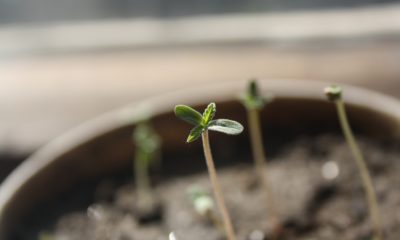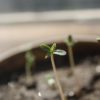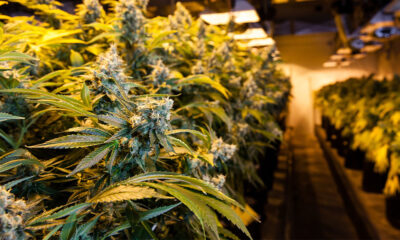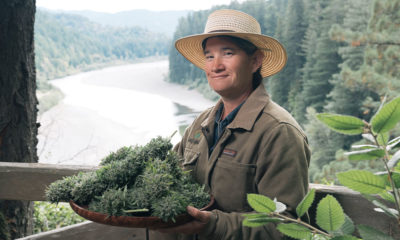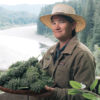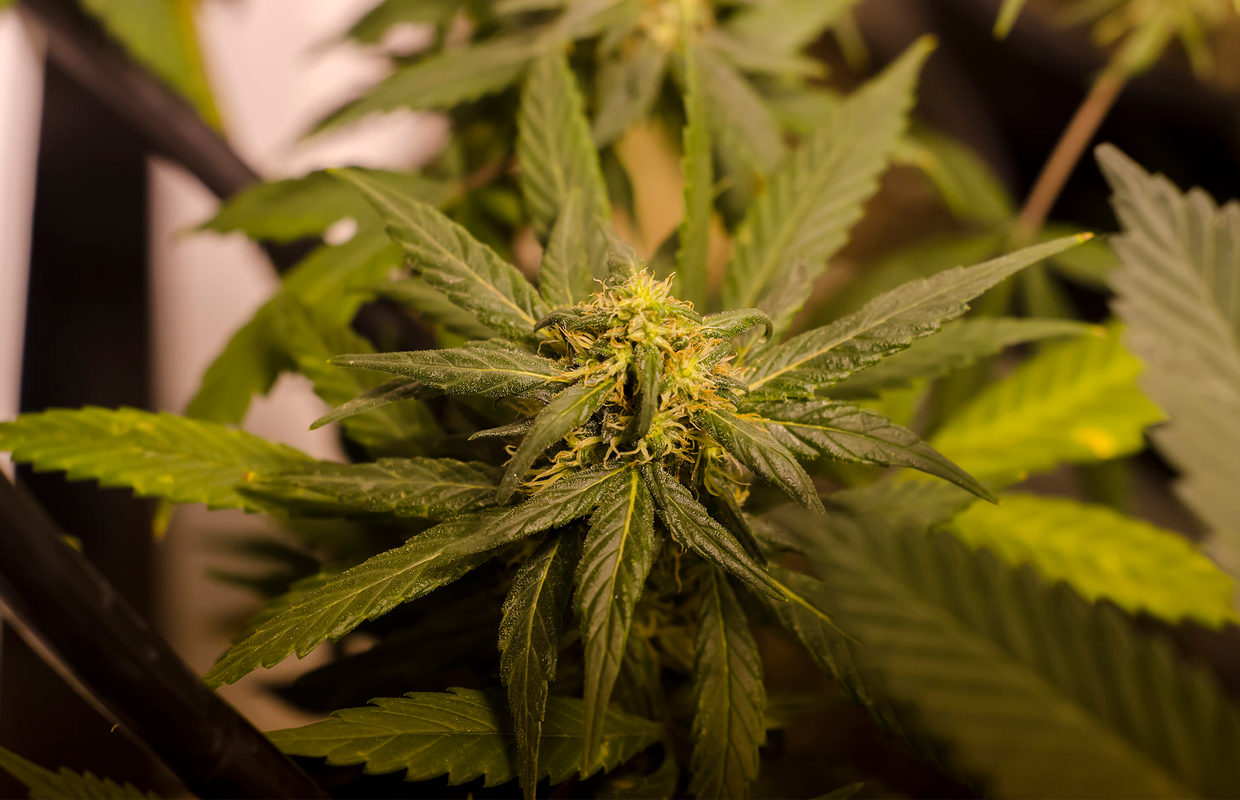
Cultivation
The Cultivator’s Guide to Growing Mediums
The particular type of growing medium used to cultivate cannabis is of paramount importance to growing success. There doesn’t actually have to be a growing medium – there are a few hydroponic methods that don’t use the technique, but many people still opt to use everything from pea gravel to rockwool to get the job done. While many growers have their preferred growing medium, the jury is out as to which medium is the best.
Take a look at this list of mediums and choose which one is best for your crop based on your skill level.
Peat
A good place to start is with the traditional, almost-hydroponic medium that has been used since the beginning – peat. Peat is a great moisture holder. It’s inexpensive and it can be bought just about anywhere. However, it is prone to slime molds and insects seem to thrive in the tiny crevasses on the surface. It’s also not always of the greatest quality. It’s a common thing to see rogue little shoots growing from naturally occurring seeds that have made it through the purification process.
It’s the norm to mix peat with perlite to increase its moisture holding capability. This also makes the growing medium less dense yet still substantial enough to support the plant, thus promoting good root growth. Peat lasts for quite a while, but is prone to jealously holding the salt accumulation that builds up after a few weeks. There’s just no way to get the salt out after it’s been used. On a lighter note, peat is usually pretty tame in terms of PH. Its inertness is legendary. After it’s been used, just throw it on the garden out back – the veggies will love it.
Pea Gravel
This is the first purely hydroponic method that most people should use and it works great. The clone or seed is stuck into a rockwool cube and allowed to germinate. When the roots start growing out of the sides or bottom, just place the rockwool cube on the surface of the layer of pea gravel. If a lot of the roots are growing out the sides, simply bury it in the gravel. The roots will find their own way into the spaces between the gravel. Just be sure not to lift the rockwool cube to see if the roots made it into the gravel – you’ll tear them without even realizing it, stunting the future party favors right from the beginning.
Pea gravel is very inert, but must be thoroughly cleaned and sterilized. The common method is to use one part chlorine bleach to eight parts water. Fill whatever container your gravel is in so the liquid is above the layer of gravel. Let this soak for a day and then rinse the solution with fresh water a few times. There should be a light scent of bleach when all is done. If there is still a scent of wet dust to the pea gravel, then it hasn’t been rinsed enough. Also, if there is still an earthy smell it will have to be soaked in bleach for another day because there’s still organic matter in the gravel somewhere. That’s a no-no.
Pea gravel is used most often with the Ebb & Flow technique. In Ebb & Flow, the nutrient solution is allowed to flow into the growing container until just above the layer of gravel. The container is then drained, leaving behind nutrient in the pea gravel. This would be done 3 or 4 times a day. Ebb & Flow is probably the most widely-used method out there for small personal hydrofarms.
Perlite
Perlite is a small, stone-like substance that’s white in color. Perlite isn’t used alone; it’s used to increase the moisture content of the surrounding medium. It mixes well in just about anything except pea gravel. This is because perlite is a stone-like substance; the granules tend to settle out to the bottom of the tub of pea gravel, negating their use in that situation. In terms of inertness, perlite can’t be beat. Just rinse and apply it. It’s also fairly inexpensive and is very common. It can be picked up at any greenhouse or garden supply store.
Sand
Sand is wonderfully inert and is pretty common among growers. It has a tendency to hold salt more than pea gravel, so be sure to flush it with pure pH balanced water on a regular basis.
When mixed with perlite, sand is a great medium to grow in. Just watch that it doesn’t fowl any workings there might be in place to deliver the nutrient. Sand gets into everything, so if the setup is burning out water pumps like crazy, the pump must be replaced with another pump that’s designed to take a little bit of material with the water. A small pump will work great.
Rockwool
Rockwool has been around for ages. It’s a fluffy blown glass that sucks moisture up like a sponge and keeps it. It’s the preferred medium to start seeds or clones in. It’s absolutely inert and is cheap. Because of its popularity it’s available just about anywhere in sizes ranging from three quarters of an inch square to six inches square. The smaller sizes come in foot long square rods that you cut yourself. No special tool is required to cut it and if you make a mistake, it doesn’t matter because it really is that cheap.
As with most things, there is a caveat to rockwool. Because of its moisture holding ability, rockwool is prone to slime molds and fungal infections. This can be remedied by some preventative maintenance involving a liquid fungicide.
No Medium
Not using a medium is perhaps the best technique to explore. It’s the most challenging and unforgiving method, but the results are absolutely fantastic. Not using a medium frees the energy that would normally be used to grow an extensive root system. This translates into wonderful foliage, a high stem and a potent bud. The drawback to this method is that the plant grows so fast that the stem sometimes buckles under the weight of the rest of the plant because stems grow slower than does anything else on the plant.
Combat this with some preventative maintenance – use a plastic anchor pole and tie it loosely to the stem. Add ties as the stem grows, with the idea being to tie off the stem every three or four inches. Use a solid cored wire with a plastic sheath for this – don’t use a cotton string or any other string that will hold moisture. The stem will rot around the string if it gets wet. Also, the smooth sheath on wire doesn’t irritate the stem or cause abrasions that will hinder growth. Another tip: make sure the support pole goes all the way to the bottom of whatever you’re using as a reservoir. Anchor it at the bottom and at the height of the root. This will make a sturdy pole that won’t go lopsided when the plant gets heavy.
What do you use to grow your cannabis? Share with us in the comments.



